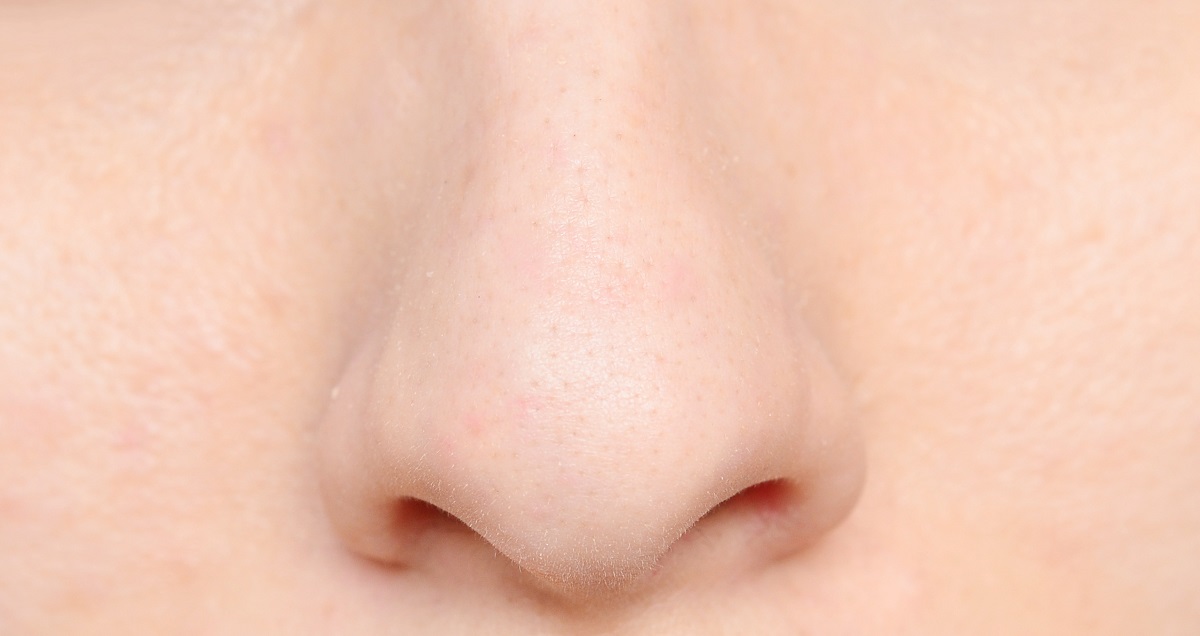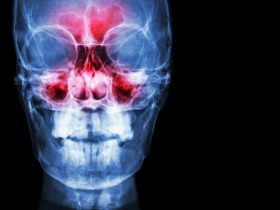At the recent American Rhinologic Society Meeting in Philadelphia (Sep 9-10, 2022), researchers from the Department of Otolaryngology, the Ohio State University presented their discoveries in a poster titled “CFD modeling-the effect of dupilumab in the management of anosmia secondary to CRSwNP.”
Chronic rhinosinusitis with nasal polyps (CRSwNP) is an inflammatory condition that affects the nose and sinuses. It is characterized by long-term symptoms of rhinosinusitis and the presence of nasal polyps on nasal endoscopy. Anosmia, or loss of smell, is one of the biggest burdens for patients with CRSwNP. Dupilumab, a novel immunotherapeutic for severe, inadequately controlled CRSwNP, is often linked to a significant improvement in the sense of smell. The underlying mechanism has not been quantitatively confirmed.
In this case report, researchers use computational fluid dynamic modeling (CFD) to examine how dupilumab may alleviate anosmia in patients with CRSwNP. The patient is a 33-year-old female whose anosmia symptoms did not improve after three surgeries in 2012, 2014, and 2018. Since December 2020, she has been taking dupilumab. She had a cone beam CT scan at three time points: before the most recent surgery (9/24/2018), seven weeks after surgery (11/27/2018), and 11 months after dupilumab (data: 12/1/2021).
The 3D-CFD models were constructed based on CT scans. The CFD software simulated airflow patterns and velocity changes throughout the nasal airway under restful quasi-steady conditions. The baseline CFD simulations showed that no air would pass through the nasal airway or the olfactory region. After surgery, 0.5 % of the airflow went through the olfactory region. After treatment with dupilumab, that number went up to 26.4 %, which is a 51.8-fold increase. The imaging results also showed that most airflow happens quickly between the lower and middle turbinates after surgery. Only a small amount gets to the upper turbinates and olfactory cleft. After taking dupilumab, on the other hand, airflow is more evenly spread throughout the nasal cavity, with much faster airflow above the middle turbinate. This could be one way that dupilumab helps improve olfactory function.
Significant symptom improvement, as measured by six different scoring systems, was consistently observed from baseline to post-surgery to post-dupilumab: 80 to 35 to 30 for the Nasal Obstruction Symptom Evaluation (NOSE) score; 84 to 74 to 24 for the 22-item Sino-Nasal Outcome Test [SNOT-22]; 7 to 3 to 2 for the Visual analog scale (VAS) of nasal obstruction; 0 to 16 to 35 for the 40-item smell identification score; and 22 to 16 to 7 for the Lund Mackay score. This trend fits well with the results of CFD simulations, which show that surgery and dupilumab are likely both effective at relieving nasal obstruction. In contrast, dupilumab has a further effect of increasing airflow to the olfactory region.
Lastly, the speaker, Thomas J. Lepley, stated, “Our study is only a retrospective report on one patient, but it shows an interesting finding: dupilumab may help relieve congestion more, particularly in the olfactory region. Our findings may serve as a model for future, more powerful prospective studies on this topic.”




